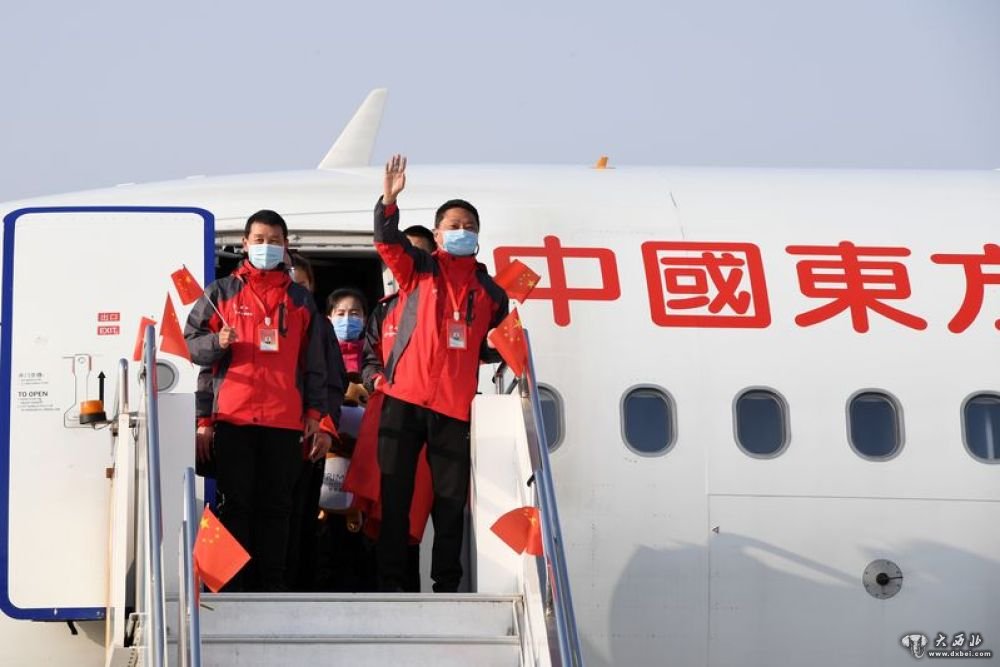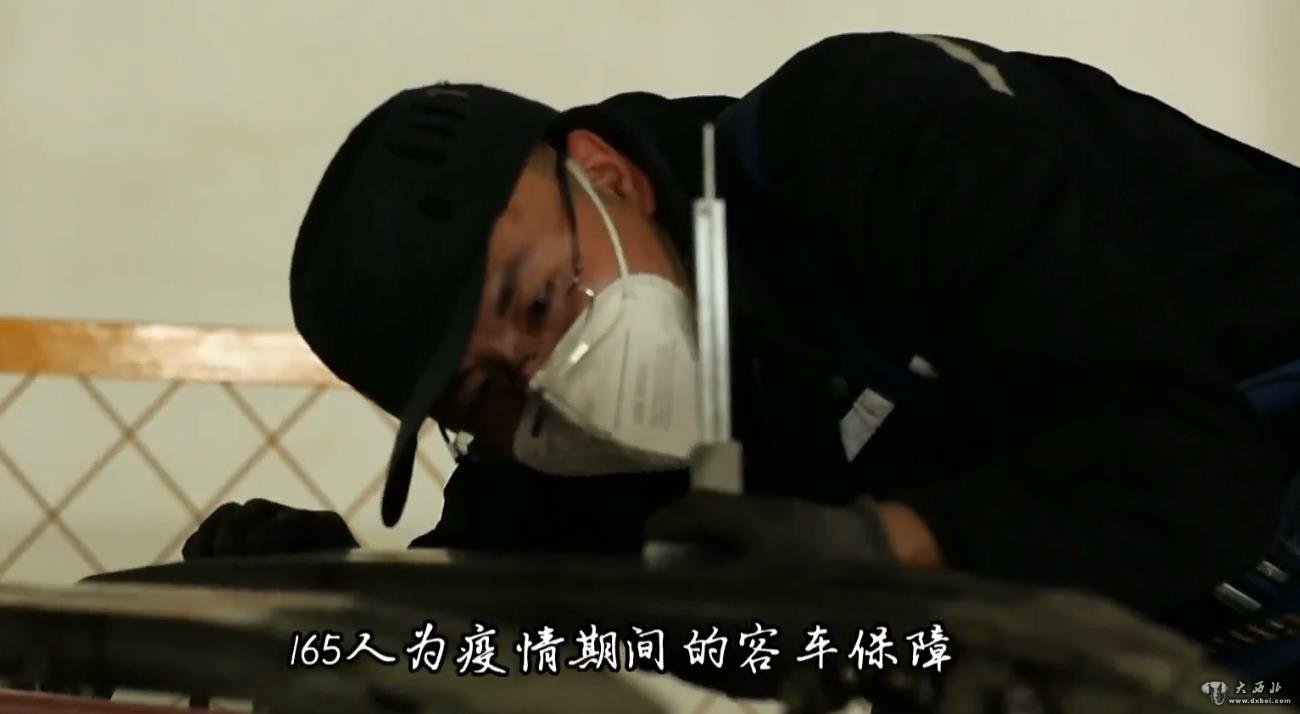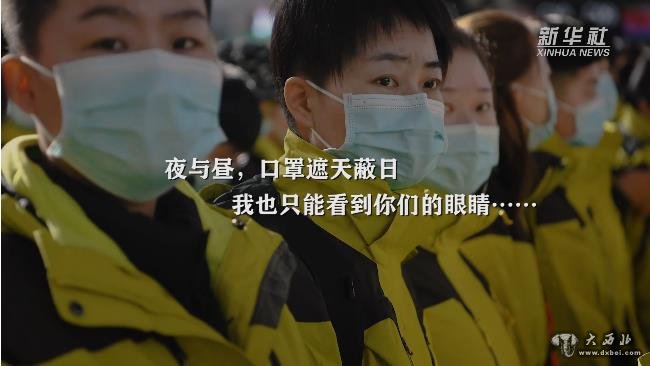"Hype or Hope?"
输
Editor's note:汉娜·赖德(Hannah Ryder)是总部设在北京的国际发展咨询公司Development Reimagined的首席执行官,曾任联合国开发计划署中国地区政策和伙伴关系负责人。
When I was growing up,my parents warned me about two things:Boys,and Debt.I grew up strongly aware that I was to avoid both,and to approach them with a lot of skepticism.
在我还小的时候,父母曾告诉我要警惕两个问题:男人和债务。所以在成长过程中,我一直坚定地认为对这两者要避而远之,慎之又慎。
My husband,on the other hand,was told the opposite:search hard for a great partner,and-if you're investing in your home and future,stretch and raise as much debt as you can possibly manage.
而我丈夫学到的东西则正好相反:要努力找个好伴侣;还有,如果是为家庭和未来投资,只要能力允许,可以尽可能地举债。
Now,happily married for 11 years,still working hard,having paid off our student loans,but still paying off our mortgage every month,I guess we found a healthy and happy balance to both partnerships and debt.
现在,我已经结婚11年了,生活幸福美满。我仍在每天努力打拼。虽然已经还清了学生贷款,但每月还要还房贷。我想不论是在婚姻还是债务方面,我们都找到了一种合理的平衡。
But what is a healthy and happy balance to partnerships and debt for the government of an entire country like Kenya,where I was born?Should countries be cautious or should they be proactive,and stretch themselves?
但是,对于我的出生地肯尼亚这样的国家来讲,伙伴关系和债务的合理平衡是什么呢?各国处理这些问题时,是该小心谨慎还是该积极主动、不遗余力呢?
Well,here is the challenge.Africa NEEDS a great deal of new infrastructure–from trains to power stations.But African governments are not large or rich enough to pay for this by themselves–they need external help as loans from either the private sector or other international partners to at least 63bn U.S.dollars per year,according to an estimate by the African Development Bank.The continent will also face additional costs due to climate change of 20–30 billion U.S.dollars per year.Asian and Pacific countries also need more debt,their"infrastructure gap"is estimated at around 250bn U.S.dollars per year.
这就是问题所在。从火车到发电站,非洲每年需要新建大量的基础设施。但是,不论从规模还是财力上来看,非洲各国政府都不足以独立支付这笔巨资,它们需要外部的帮助。根据非洲开发银行的数据,非洲国家每年要从私有领域或其他国际伙伴那里获得至少630亿美元的贷款。由于气候变化,非洲大陆每年还将面临200亿至300亿美元的额外支出。亚太国家也需要更多的贷款。他们每年约有2500亿美元的“基础设施缺口”。
Just like my family,in order to grow,they HAVE to take on more debt.
就像我的家庭,为了实现经济增长,这些国家不得不承担更多的债务。
As an economist,I should know this.It's been shown in many studies that the more that countries spend on infrastructure,the more their economies grow.
作为一名经济学家,我深以为然。许多研究表明,国家在基础设施上的投入越多,其经济增长也就越快。

The Chinese-built Maputo Bridge in Maputo,Mozambique,May 10,2018./Xinhua Photo
As a result,it's not the AMOUNT of debt that matters,it's the TYPE of debt that matters…In particular,is the debt going into projects that will be productive in the future?
因此,重要的不是债务的数量,而是债务的类型……尤其是,这些债务是否会用于为未来创造经济价值的项目之中?
That's why the Kenyan president,in a recent interview with CNN said"What would worry me is if the debt was going into…paying salaries,or electricity bills,and so on.But what we have used our debt for is to close the infrastructure gap".
这就是为什么肯尼亚总统在接受CNN采访时说:“如果债务真是用在了支付工资或电费等诸如此类的花销上,我就会觉着担心。可事实上,我们是用债务来弥补基础设施缺口的。”
The good news is there is no shortage of productive infrastructure projects for China or others to invest in.In African countries,where over 600 million people don't have access to energy,renewable energy projects will enable young people to read and do their homework with light,enable factories to run better,without creating air pollution and climate change effects.
好消息是,有大量生产性基础设施项目需要中国或其他国家来投资。在非洲国家,有超过6亿人无法获取任何能源。可再生能源项目将使青少年能够在灯下阅读和做功课,使工厂能够在不污染空气、不加剧气候变化的前提下,实现更高效的运转。
In Asia,green inner and inter-city transport are great investments–enabling more people to move around to seek jobs.In Latin America and the Caribbean,investment in tourism and transport will also deliver decent returns.
在亚洲,绿色的城内和城际交通都是绝佳的投资项目,有助于提高人口的流动性、促进就业,甚至也可能最后将货物派送到各个港口。在拉丁美洲和加勒比地区,旅游和交通上的投资也将带来不俗的回报。
Are these productive investments being prioritized by China and others?Not necessarily,for three reasons.
中国和其他国家都在优先考虑这些生产性投资吗?并不一定,原因有三。
A lack of transparency can be the first reason.Governments should be conducting more due diligence of companies and companies themselves be more open.For instance,some companies–including from China–are still used for projects despite being on World Bank blacklists for corrupt practices.These blacklists may have shortcomings,but there are also opportunities for better performing companies to be chosen.
缺乏透明度可能是第一个原因。各国政府应该对公司开展更多的尽职调查。例如,一些公司(包括中国的公司)尽管因为腐败问题被列入世界银行的黑名单,但仍然参与了投资项目。这些黑名单可能有缺点,但也让政府有机会选择业绩较好的公司。
The second reason is"tying".This is a policy used by many countries–including America,Japan and China-of requiring that loans or aid they give to other countries should go to a project that is built by their own companies.This type of securing"win-win"can be helpful to ensuring projects get done quickly and even avoid corruption.But tying can also create massive conflicts of interest,shifting the focus away from the poor people that the finance is meant to help.However,many countries–including the U.S.and Japan–are reluctant to stop tying.
第二个原因则是“搭售”。这是许多国家(包括美国、日本和中国)使用的一项政策,规定发放给其他国家的贷款须用在本国公司的承建项目上。这种政策虽然在工程建设速度和避免腐败方面可以确保“双赢”的局面,但也可能造成严重的利益冲突,而且不一定有利于贷款原本想要资助的穷人。但包括美国和日本在内的许多国家都不愿意停止这种政策。

The first Belt and Road Forum for International Cooperation was held in Beijing in May 2017./VCG Photo
That said,through its most recent Foreign Investment Law,China has made a landmark move by opening up domestic government procurement to foreign firms.Hopefully this principle will also be applied to projects supported by China abroad and thereby"untie"them.
而通过最近颁布的《外商投资法》,中国向外国公司开放国内政府采购,这是一项具有里程碑意义的举措。希望这一原则也能适用于中国在海外支持的项目。
The third and final reason why the most productive projects may not be picked is a lack of leadership.Governments need to work much harder to prioritize the most sustainable and green projects that their citizens need and in a manner they want-including using local companies,local materials and local labor.
高效基建项目不被投资的第三个原因是缺乏领导力。各国政府需要加倍努力,优先开展本国人民所需的、最具经济前景和环保价值的项目,并自主选择项目的开展方式,包括发挥当地企业的作用,利用当地原材料和劳动力。
As the 2nd belt and road forum takes place here in Beijing,my hope is that the discussion about debt in poor countries will be less about debt from China or the amount,but more about better debt from everyone.Indeed,China's offer of 100bn U.S.dollars a year is less than 10 percent of the total infrastructure gap for poor countries around the world.Poor countries will still have to look beyond China.
第二届一带一路峰会召开在即,我希望针对穷国债务问题的讨论不再集中于减少从中国或其他国家借贷这一话题,而是更多地关注优质债务的获取。事实上,中国的“一带一路”倡议每年提供的1000亿美元资金只占全球最贫穷国家每年所面临的缺口的大约10%。所以,贫穷国家仍然需要从中国以外的地区寻求资金。
With the BRI,and new global funds like the Asian Infrastructure Investment Bank,Americas new infrastructure fund called BUILD,and a new infrastructure facility for the Pacific from Australia,there is a great opportunity ahead for everyone.
中国提出了“一带一路”倡议,新的全球基金也纷至沓来,例如亚洲基础设施投资银行,美国的BUILD基础设施基金,以及澳大利亚为太平洋地区提供的基础设施建设基金。这些将为所有国家带来巨大机遇。
Let's not be as cautious as my parents told me to be.The world will not be able to meet the UN's Sustainable Development Goals unless poor countries get more cheap loans.But like the loans that my husband and I took out to fund our future,let's work hard to make sure the debt is productive as quickly as possible.
我们不必像我父母教我的那样谨小慎微。如果贫穷国家无法获得更多的低息贷款,联合国可持续发展目标就无法实现。但是,正如我和我丈夫为我们的未来贷款一样,让我们共同努力,确保债务尽快转化为生产力。
(责任编辑:苏玉梅)










